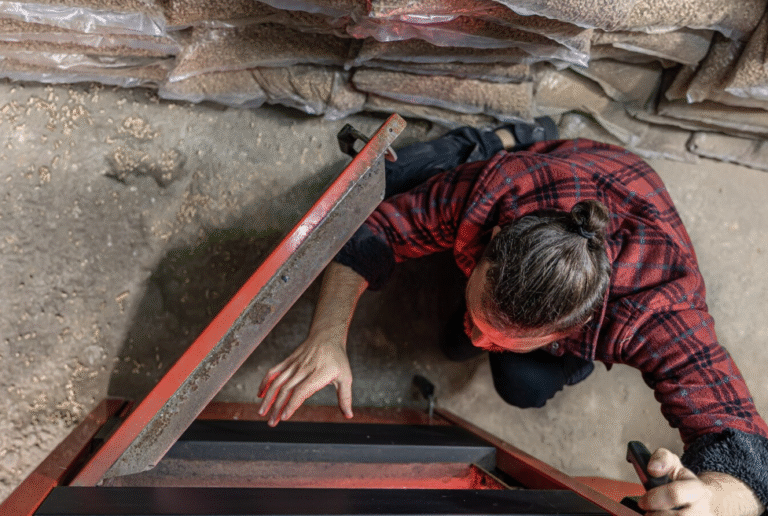How to Identify and Fix Floor Crack Problems in Your House
Floor cracks are a daily occurrence in every household, but they will become bigger and costlier problems if not checked. You, as an owner, need to know how to identify signs of the initial stage and how to repair them.
By moving in ahead of time, you rescue your home foundation, the health of your family, and your investment.
Learn to Identify the Different Types of Cracks
Some are benign, but others show major structural issues.
- Hairline cracks: Fine and shallow in texture, often due to concrete shrinkage during setting.
- Settlement cracks: Occur when soil beneath your house settles or shifts unevenly.
- Structural cracks: More than 1/8 inch and typically run diagonally across walls or floors. They can be symptoms of widespread foundation problems.
Always check the size and see if cracks expand. When they do, you must act quickly.
Look for Root Causes
Potential reasons are:
- Bad construction methods.
- Heavyweight on the floor.
- Shifting with soil moisture.
Look for Warning Signs Near the Cracks
A crack may not be cosmetic. Look for:
- Sloping or uneven floors.
- Sticking doors and windows.
- Gaps in walls and ceilings.
Simple Ways to Fix Small Cracks
If cracks are minor and not enlarging, you can fill them yourself. Clean the crack out, fill with epoxy or concrete filler, and sand the surface. This keeps water, dirt, and dust out. You can also apply floor finishing for concrete to make it more durable and look better after sealing.
See also: Top Signs You Need a Dementia Home Care Provider – Arcadia Home Care Can Help
Prevent Future Cracks with Proper Care
Prevention is better than a cure. Use these precautions to protect your floors:
- Install adequate drainage around your home to keep water away.
- Maintain consistent indoor humidity to prevent materials from growing and shrinking.
- Use quality materials and proven methods when constructing or reconstructing.
Use waterproofing treatments on the underside and upper surface of floors to prevent damage caused by moisture.
Invest in Long-Term Solutions
Sealing cracks is a temporary relief but does not eliminate the underlying issue. The solution in the long term is soil repair, drainage, and strengthening the foundation. Sealing with polyurethane or epoxy injections is usually an effective reinforcement in most situations. Refinishing the surface in the form of protective coatings in exposed areas provides strength as well as appearance.
Protect Your Home Value
Floor cracks make your house look old. More importantly, they devalue a property when homebuyers believe that structural problems exist. You not only ensure the safety of your house and its resale value, but you should also be serious about cracks.
Wrapping Up
Early identification and fixing cracks on the floor keeps you from having bigger problems in the future. Start by identifying crack patterns, establishing the cause, and deciding if you require the assistance of a professional. Preventing damage in the future requires proper maintenance, waterproofing, and care. Staying proactive and on your guard means that you are protecting not only the integrity of your floors but also the worth of your home.






